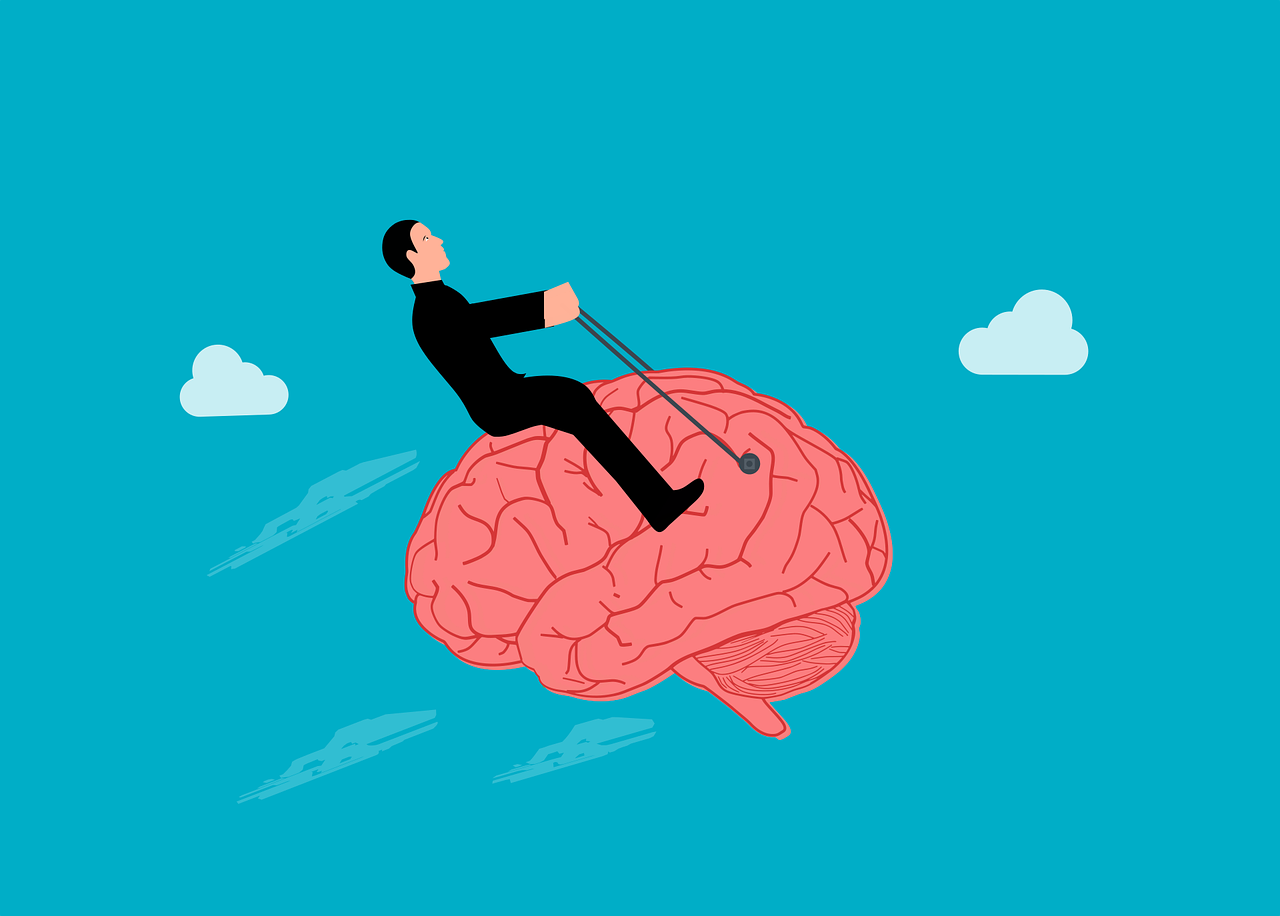- The human brain weighs about 3 pounds (1.4 kg) and makes up about 2% of the body’s total weight.
- The human brain is made up of more than 10 billion nerve cells and over 50 billion other cells. It is very soft like butter and 73% water.
- The human brain uses 20% of the body’s total energy and oxygen intake. It can generate approximately 23 watts of power when awake.
- The human brain stops growing at the age of 18. It begins to lose some memory abilities and cognitive skills by your late 20s. It also gets smaller as we get older, especially after middle age.
- The human brain has the same basic structure as other mammal brains but is larger in relation to body size. Male brains are about 10% larger than female brains on average.
- The human brain can’t feel pain. It interprets pain signals sent to it, but it does not have pain receptors.
- The human brain is affected by dehydration, aging, and sunlight. Alcohol also affects your brain in ways that include blurred vision, slurred speaking, an unsteady walk, and more.
- The human brain is capable of creating more ideas equivalent to that of 70,000 DVDs. It also has a memory capacity equivalent to more than four terabytes on a hard drive.
- The human brain dreams during sleep. Dreams are believed to be a combination of imagination, psychological factors, and neurological factors.
- The human brain is still a mystery in many ways. Scientists don’t fully understand how it works, how it evolved, or how it creates consciousness.
10 Myths About Human Brain
There are many myths about the brain that are not supported by scientific evidence. Here are some of them:
– You only use 10 percent of your brain. This is false. Neurologists agree that the brain is always active, rapidly firing millions of neurons in the brain, even when you are sleeping.
– Listening to Mozart makes you smarter. This is dubious. There is no conclusive proof that listening to classical music enhances cognitive abilities or academic performance.
– People are either right- or left-brained. This is oversimplified. While it is true that some brain functions are lateralized, meaning they are more dominant in one hemisphere than the other, most cognitive processes involve both sides of the brain working together.
– Students learn better when they experience instruction that matches their preferred learning style. This is unproven. There is no strong evidence that matching teaching methods to students’ learning styles improves their learning outcomes.
– Learning increases the number of brain cells people have. This is partly true. Learning does stimulate the growth of new connections between neurons, called synapses, but it does not necessarily increase the number of neurons themselves. However, some studies have shown that certain types of learning can increase neurogenesis, or the creation of new neurons, in specific regions of the brain, such as the hippocampus.
– Human brains are the biggest. This is false. Human brains are not the biggest in absolute size or relative to body size. Some animals, such as elephants and whales, have larger brains than humans, and some birds and rodents have larger brains relative to their body size.
– The brain has a limited number of cells. This is partly true. The brain does have a finite number of neurons, estimated at around 86 billion, and most of them are not replaced after they die. However, as mentioned above, some regions of the brain can generate new neurons throughout life, and the brain can also reorganize itself by forming new synapses or strengthening existing ones.
– Only bodies feel pain. This is false. Pain is not just a physical sensation; it is also a psychological and emotional experience that involves the brain. The brain can modulate pain perception by releasing natural painkillers, such as endorphins, or by altering attention and expectations. Conversely, the brain can also amplify pain perception by focusing on negative emotions or memories associated with pain.
– Memories are reconstructed. This is true. Memories are not stored as exact copies of reality; they are reconstructed from fragments of information that may be distorted, incomplete or influenced by external factors². Every time we recall a memory, we may modify it slightly or incorporate new information into it. That’s why eyewitness testimony can be unreliable and why people can have false memories of events that never happened.
– It’s all downhill after 40 (or 50 or 60 or 70). This is false. It’s true that some cognitive skills decline with age, such as speed of processing, working memory and fluid intelligence (the ability to solve novel problems). However, other cognitive skills improve with age, such as vocabulary, crystallized intelligence (the ability to use accumulated knowledge) and emotional regulation. Moreover, cognitive decline is not inevitable; many factors can influence how well the brain ages, such as genetics, lifestyle, education and social engagement.


































